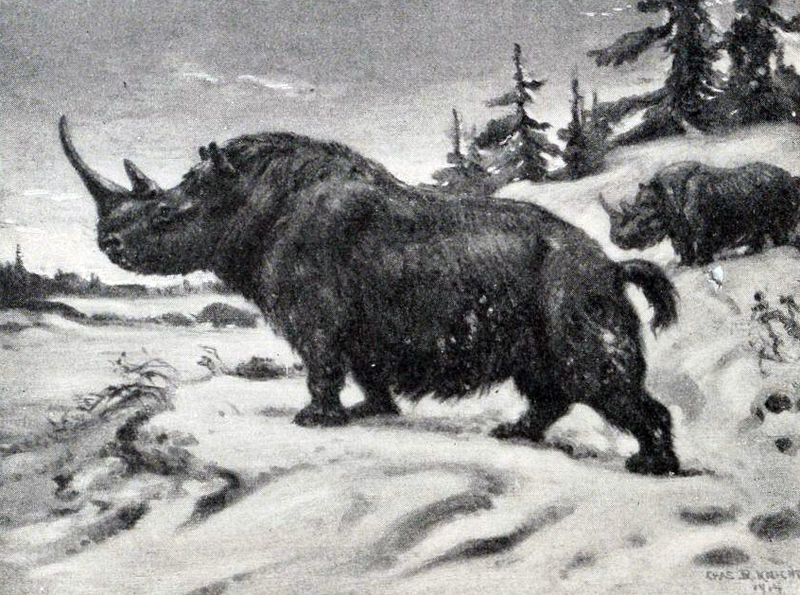UK's Rarest Animals Face Extinction Due To Wildfires

Table of Contents
Species Most at Risk from UK Wildfires
Biodiversity loss in the UK is a serious concern, and wildfires exacerbate this issue significantly. Several endangered species are particularly vulnerable to the destructive power of fire, facing habitat loss, direct mortality, and food source depletion.
-
Adders: These venomous snakes rely on specific heathland and grassland habitats for basking and hunting. Wildfires destroy this habitat, leaving adders with nowhere to shelter and hunt, leading to starvation and direct mortality. Recent studies indicate a significant decline in adder populations in areas frequently impacted by wildfires.
-
Sand Lizards: These rare reptiles inhabit sandy heaths and coastal dunes, fragile ecosystems easily destroyed by fire. The intense heat of wildfires kills the lizards directly, and the destruction of their burrows removes essential shelter and breeding sites. Population numbers have already been dwindling, and wildfires accelerate this decline.
-
Nightjar: This elusive nocturnal bird nests on the ground in heathland and woodland areas. Wildfires destroy their nests and foraging grounds, resulting in the loss of breeding opportunities and a significant decrease in their already limited numbers.
-
Certain insect species: Many rare insects, often endemic to specific habitats, face complete annihilation from wildfires. Their specialized life cycles are completely dependent on the plant life that is destroyed by fire, leading to a devastating impact on local ecosystems. The loss of these insects also has a knock-on effect on the wider food chain.
The Impact of Wildfires on Habitats Crucial for UK's Rarest Animals
Wildfires devastate vital habitats supporting the UK's rarest animals, creating long-term ecological damage.
-
Heathlands: These unique ecosystems, home to many specialized species, are incredibly susceptible to fire. The intense heat destroys the characteristic heather vegetation, taking years to recover, if at all.
-
Peat bogs: These waterlogged areas store vast amounts of carbon. Wildfires release this carbon into the atmosphere, contributing to climate change, and severely disrupt the delicate balance of the peatland ecosystem, harming the specialized plants and animals that rely on them. The resulting soil erosion further hinders recovery.
-
Woodlands: While some woodlands are naturally fire-adapted, intense wildfires can kill mature trees, altering forest structure and composition. This loss of habitat directly impacts the survival and breeding success of many animals, including birds and mammals.
(Include image or video here showing before and after wildfire damage to a heathland or peat bog)
Climate Change and the Increased Risk of Wildfires in the UK
The link between climate change and the increased risk of wildfires in the UK is undeniable. Hotter, drier summers create ideal conditions for wildfires to ignite and spread rapidly. Climate change projections suggest more frequent and intense heatwaves, increasing the likelihood of devastating wildfires in the future. Furthermore, human activity, including arson and negligence, contributes significantly to the problem.
Conservation Efforts and Mitigation Strategies to Protect UK's Rarest Animals
Protecting the UK's rarest animals requires a multi-pronged approach.
-
Existing Conservation Programs: Several organizations are actively working to protect endangered species and their habitats, through breeding programs, habitat restoration, and monitoring populations.
-
Mitigation Strategies: Controlled burns, when implemented carefully, can help prevent larger, more devastating wildfires. Improved forest management, such as reducing fuel loads, is crucial. Public awareness campaigns about wildfire prevention are essential, and community initiatives, like volunteer fire-fighting teams, play a vital role.
-
Government Policies and Funding: Increased government funding and policies supporting wildfire prevention and species protection are necessary for effective conservation.
-
Technological Solutions: Early warning systems using satellite imagery and improved firefighting techniques, such as aerial firefighting, are essential tools.
Urgent Action Needed to Save the UK's Rarest Animals from Wildfires
Wildfires pose a critical threat to the UK's rarest animals and their habitats. The interconnectedness of climate change, habitat loss, and species extinction demands urgent and collective action. Protecting the UK's rarest animals requires immediate and sustained efforts from individuals, organizations, and governments. Support conservation organizations working to protect these vulnerable species, practice responsible behaviour in natural areas to prevent wildfires, and advocate for stronger government policies on climate change and wildfire prevention. Saving endangered species in the UK is a shared responsibility; we must act now to conserve the UK's biodiversity for future generations. The future of these unique and irreplaceable animals depends on it.

Featured Posts
-
 Sir Ian Mc Kellens Early Coronation Street Appearance A Stepping Stone To Success
May 13, 2025
Sir Ian Mc Kellens Early Coronation Street Appearance A Stepping Stone To Success
May 13, 2025 -
 Community Calendar Earth Day May Day Parade And Junior League Gala
May 13, 2025
Community Calendar Earth Day May Day Parade And Junior League Gala
May 13, 2025 -
 Cassie And Alex Fine Red Carpet Debut While Expecting
May 13, 2025
Cassie And Alex Fine Red Carpet Debut While Expecting
May 13, 2025 -
 Cerita Sby Pendekatan Tanpa Menggurui Untuk Konflik Myanmar
May 13, 2025
Cerita Sby Pendekatan Tanpa Menggurui Untuk Konflik Myanmar
May 13, 2025 -
 Elsbeth Season 2 What To Expect In Episodes 16 And 17 And The Season Finale
May 13, 2025
Elsbeth Season 2 What To Expect In Episodes 16 And 17 And The Season Finale
May 13, 2025
